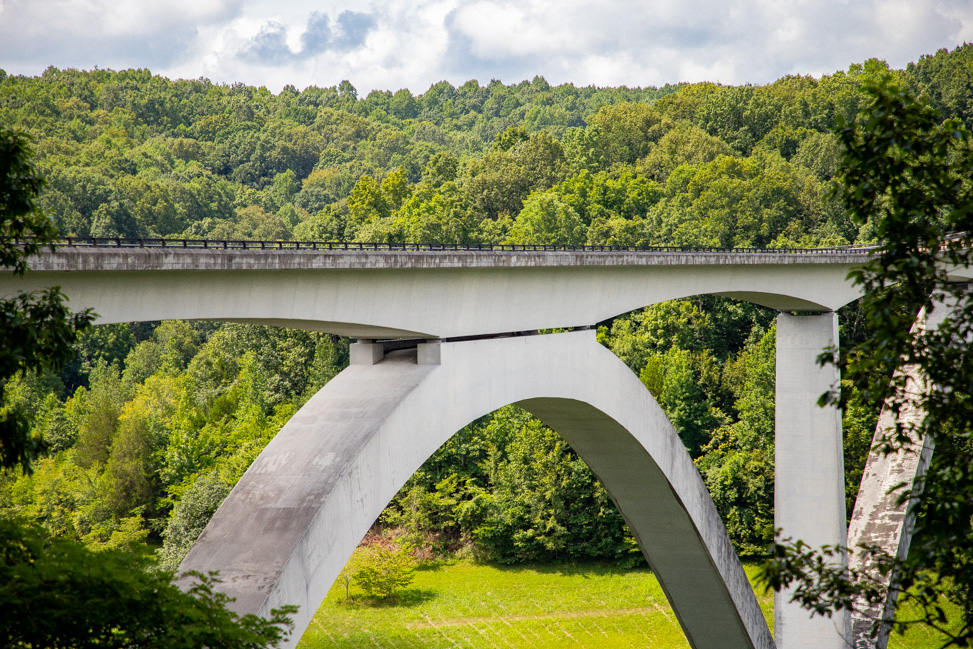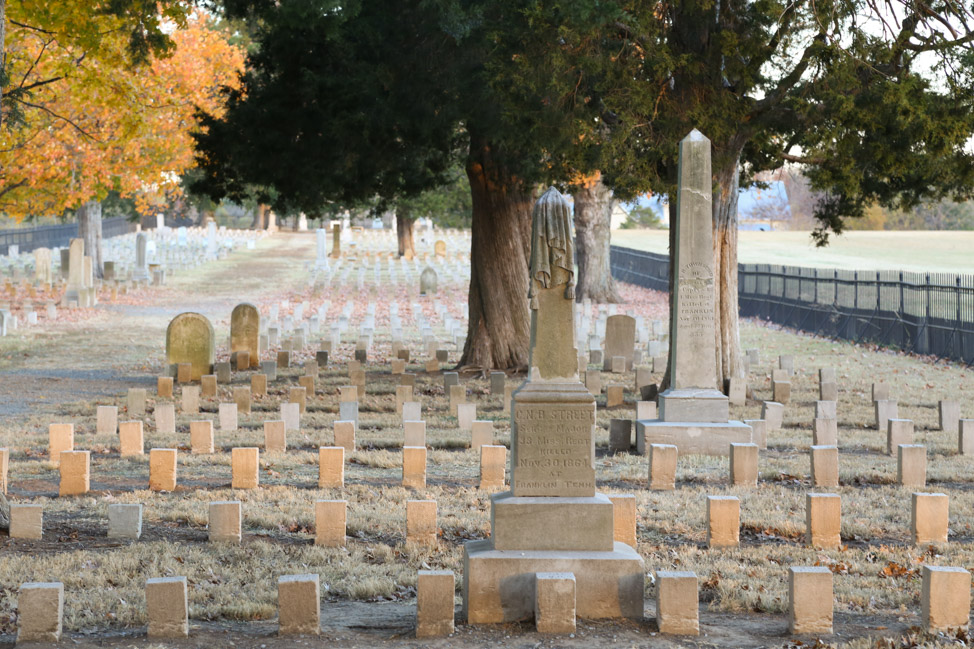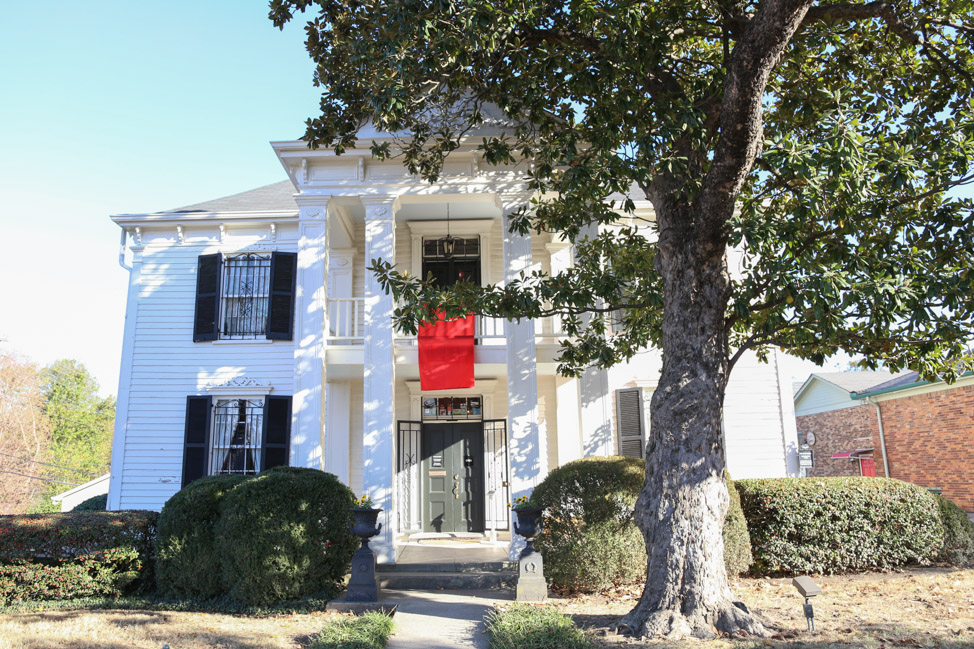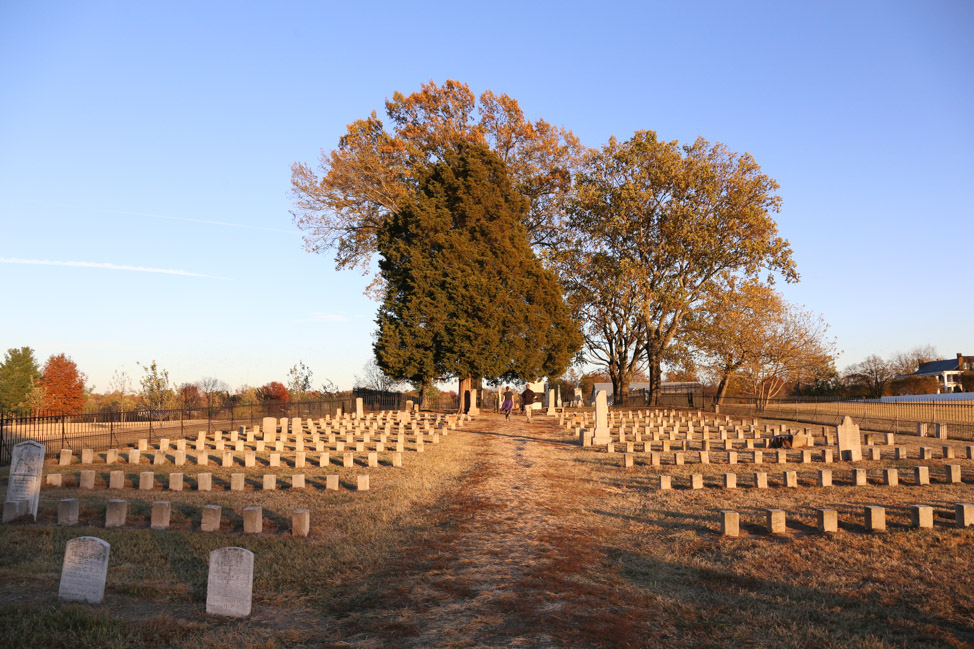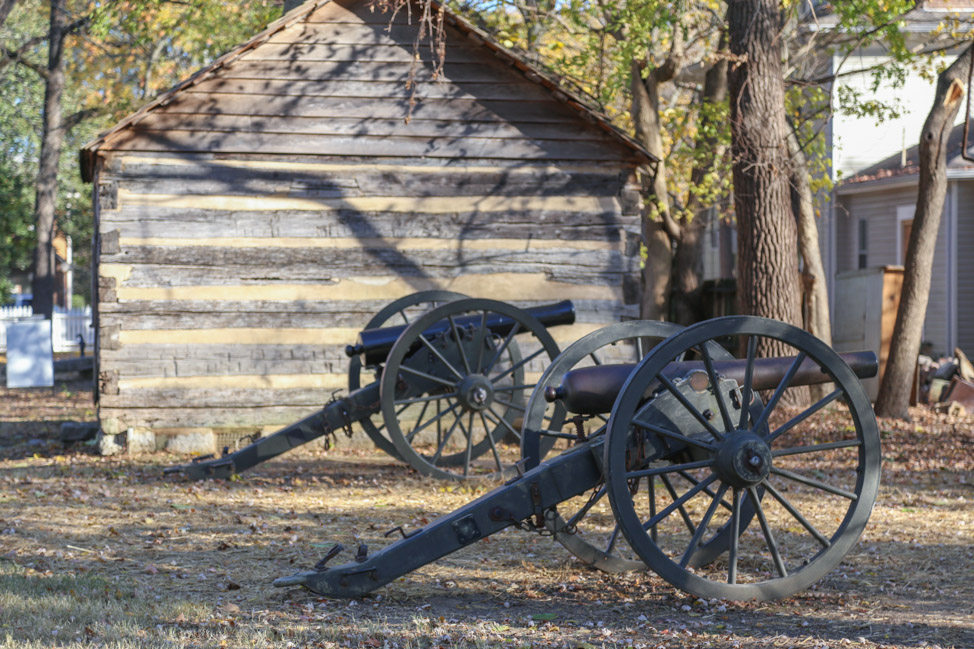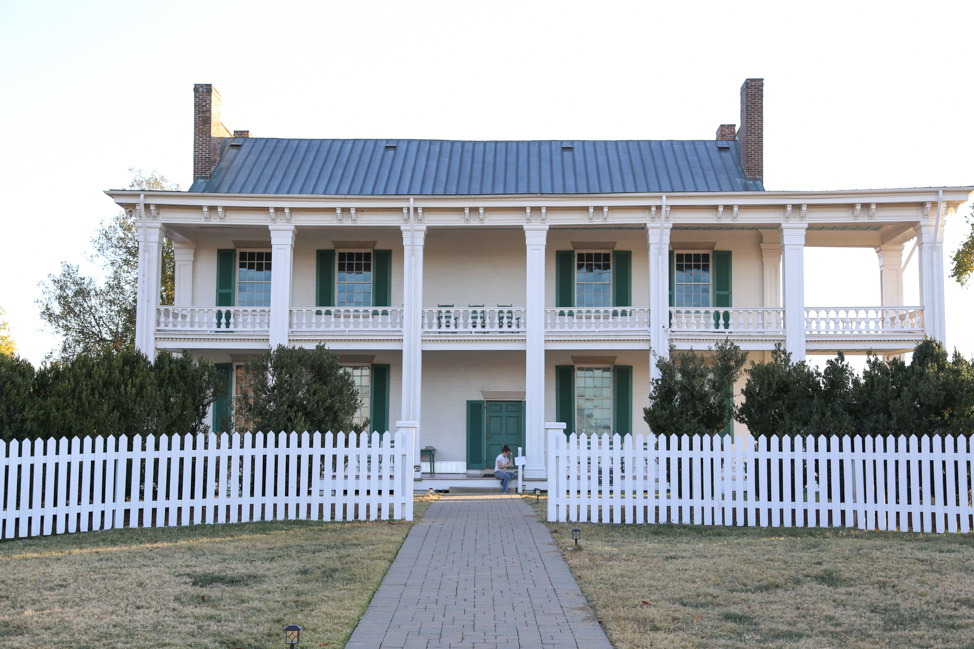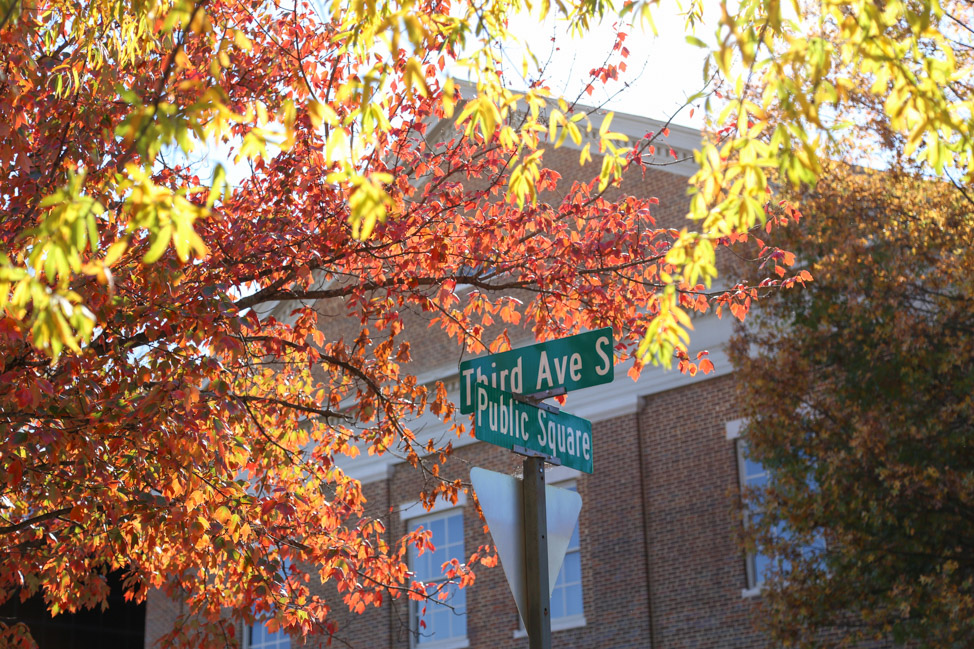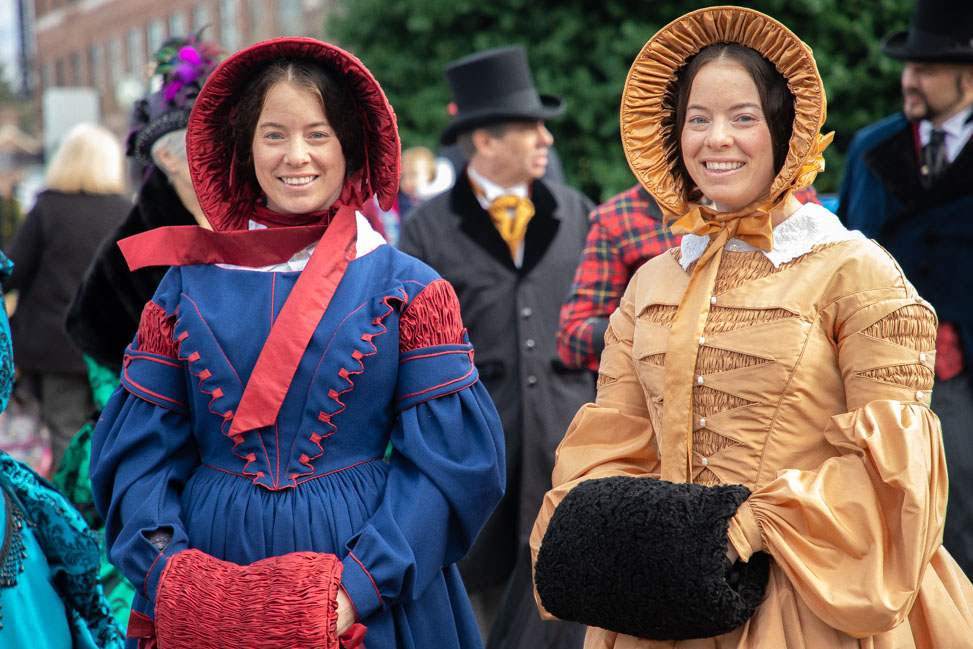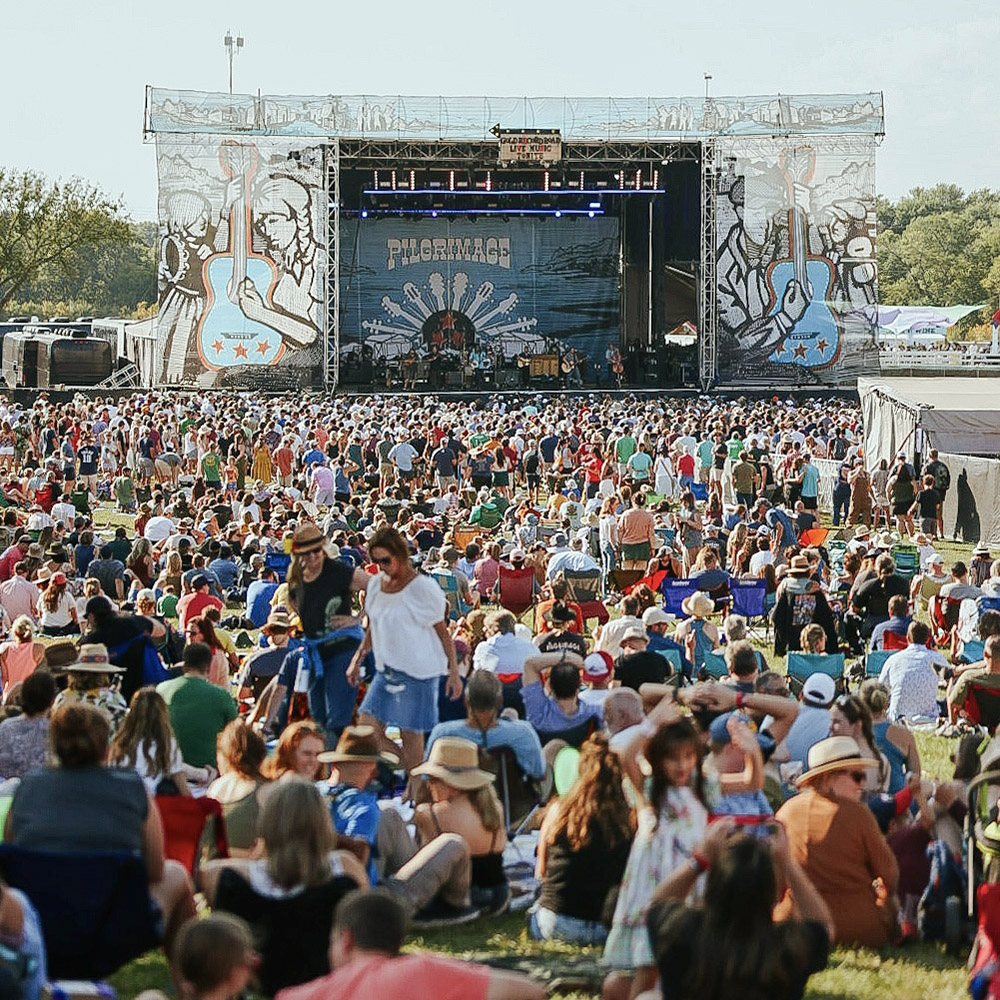One of the best things about living in Tennessee is the number of day trips available to us on any given week. We live just an hour south of Nashville, which affords us regular outings like a quick trip to the Smokies, an afternoon of waterfall hopping or a day trip to Franklin.
Franklin factored into so many things I did as a kid: It’s where we played the bulk of my major soccer and tennis tournaments. It also boasted what was, at the time, the best mall in Middle Tennessee: Cool Springs Galleria. And many of our class field trips in elementary and middle school were to Franklin’s major Civil War sites like Carnton and Carter House.
As an adult, Williamson County is one of my favorite places to spend an afternoon, as well as take visiting friends. And while it’s a great option for a weekend getaway, it’s also an easy day trip from Nashville if you’re already in the area and want to see a different side of Tennessee. So if you’re considering a drive, here’s how I would spend a day in Franklin.
Take a stroll down Main Street
The best place to start any day trip to Franklin is in its cultural and geographic center: Main Street. The city has two free parking garages on 2nd Avenue South and 4th Avenue, and there’s free street parking on Main Street and all along its arteries.
Once you’re parked for the morning, the Franklin Visitor Center is always a necessary stop to pick up themed guides—Franklin has a trail for everything: sweets, murals, coffee—as well as shop the merch and use the public bathroom.
From there, you can explore downtown Franklin by foot. The city was founded in 1799, but the Downtown Franklin Association didn’t come along until 1984, spearheading the revitalization of the city’s historic downtown core, driving economic development and bringing in businesses by the dozens.
You could easily spend a weekend in Franklin perusing the shops—White’s Mercantile, DeAnn Art Gallery and Rooted are a few of my personal favorites—and dining your way around downtown from Red Pony to Cork & Cow or Grays on Main, which has one of the most photographed signs on Main Street.
On the other side of the street sits one of Franklin’s most iconic landmarks downtown, which has survived the test of time: the Franklin Theatre, Main Street’s beating heart since it was built in 1937. A massive renovation in 2007 shut the facility down for three years, but today, it hosts a variety of movies, live music, comedy, musicals and more.
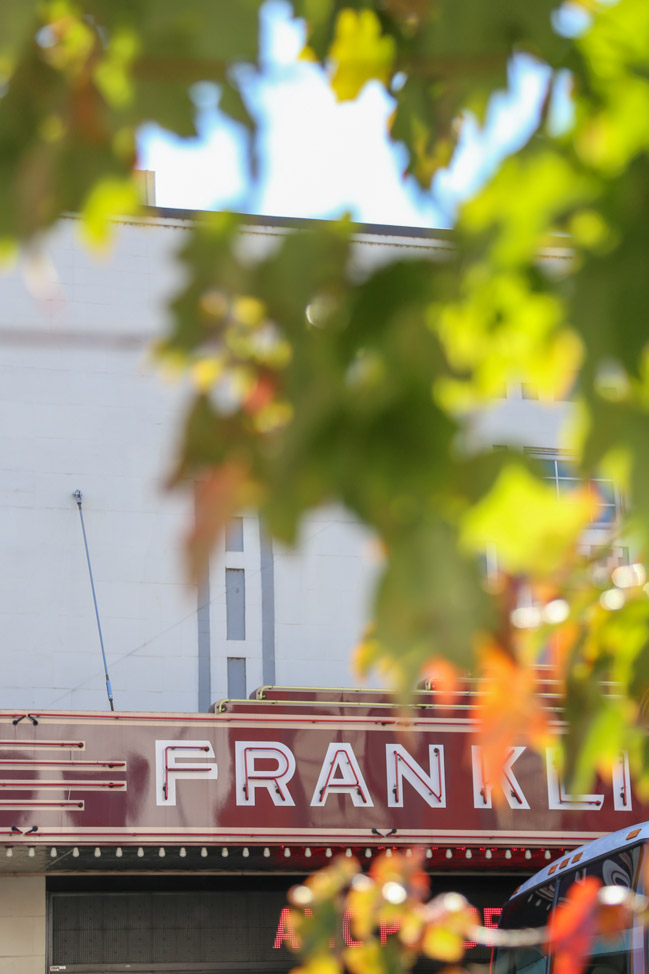
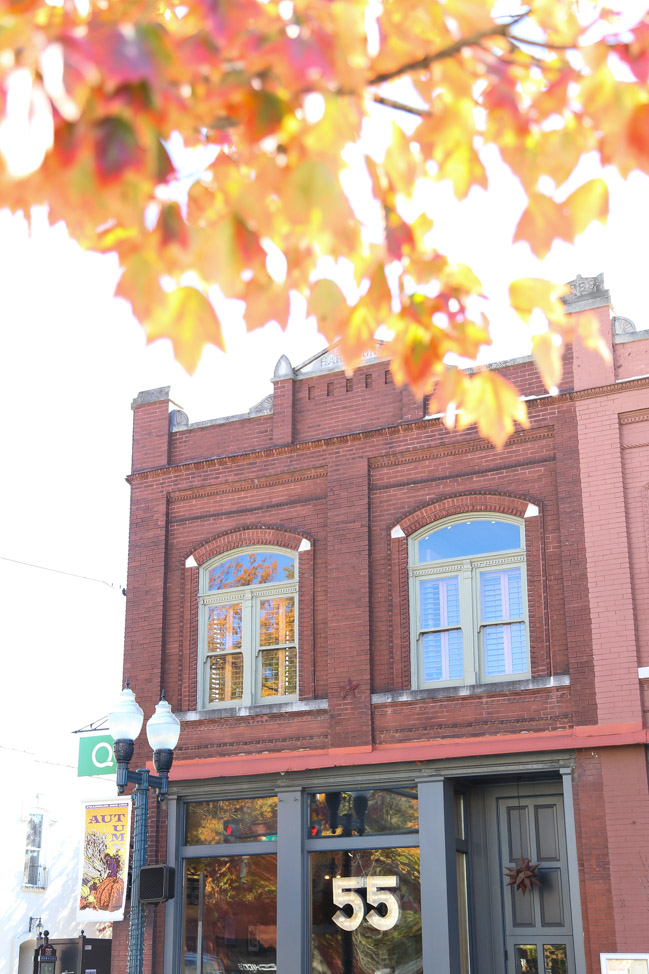
Before you leave downtown, be sure and pay a visit to the March to Freedom statue. Installed a few years back, the statues and other markers in Public Square comprising the Fuller Story serve to tell a broader narrative about the area’s Civil War history that include the U.S. Colored Troops, nearly 24,000 of whom served in Tennessee and were pivotal to the war efforts.
If you prefer a guided tour to self-learning, Franklin Walking Tours offers a handful of history-focused itineraries like Franklin Charm, Franklin’s Fierce Females, and Grim and Ghostly for those who love a spooky outing.
Detour to the Factory
From downtown, it’s less than five minutes by car—or exactly mile on foot—to the Factory at Franklin, an old 1929 manufacturing warehouse that once was the headquarters for stove and bedding companies. In recent years, it’s morphed into the perfect example of a third place, a mixed-use mashup of dining, retail, office spaces and entertainment.
The brick-and-steel facility, which is ever-evolving, now houses dozens of bars and restaurants, too—including etch, Saffire, Two Hands, Mojo’s Tacos, Honest Coffee Roasters and Otaku Ramen—and is the home of Studio Tenn and special events like the Red Wheel singer-songwriter series.
It also has several kid-friendly activities, like a make-your-own pottery studio and a carousel, as well as a lively Saturday farmers market that’s one of the largest in Tennessee, boasting roughly 100 vendors selling produce, meats, cheese, herbs, flowers and crafts.
Explore the Civil War history in Franklin
No day trip to Franklin is complete without a history lesson: Now that you’ve seen the city’s present-day boom, it’s important to understand its past and how we got here. Franklin is home to one of Tennessee’s most-visited Civil War battlefields, plus personal homes like the Lotz House that played their own role in the wartime efforts. The Battle of Franklin in 1864 was one of the bloodiest of the Civil War, with 30,000 Confederates arriving to the outskirts of Franklin on the morning of Nov. 30.
The Lotz House, listed on the National Register of Historic Places, sits at what’s often called “ground zero” of the Battle of Franklin. Standing inside will give you a front-row feel as to how the family of German immigrants endured being directly in the line of fire—they hid across the street in the Carter House—and how they managed to rebuild their home in the aftermath. Visits are only offered through guided tours or as part of one of the local walking tours, and photography isn’t allowed inside.
Across the street, the Carter House is an eponymous memorial to the family and the many heroes that emerged from the battle. During the war, the brick edifice was used as the federal command post while the Carter family took refuge in the cellar; visible evidence still lingers, including 1,000 bullet holes errantly scattered about, making it the most bullet-riddled building still standing from the Civil War.
The next stop on your Civil War tour of Franklin is Carnton, a former plantation built in 1826 by the McGavock family. By the Civil War, the plantation enslaved 44 people who worked the 700 acres; today, the property spans more than 1,400 acres. The Confederate Army of Tennessee charged the Federal lines at Franklin in what became one of the war’s bloodiest battles, larger even than Pickett’s Charge at Gettysburg. In less than five hours beneath the veil of darkness, 9,500 soldiers were killed, wounded, captured or went missing. Nearly 7,000 of those were Confederate soldiers.
Carnton quickly became the area’s largest field hospital, brimming with wounded and dying soldiers, many buried at what was then the McGavock family cemetery. Every November 30, the Battle of Franklin Trust hosts the Annual Illumination honors the 10,000 killed in the battle with a luminary for each, plus a reading of all the names.
The house remained in the McGavock family’s possession until 1911, when it was sold. In 1977, the house and ten acres were donated to the Carnton Association, and over the years it’s seen plenty of renovation and is now on the National Register of Historic Places.
Also part of Franklin’s Civil War story is Rippa Villa, which was built in 1855 just south in Spring Hill, and once considered one of the most prominent farms in Middle Tennessee. In 1864, the Greek Revival-style home was drawn into the Battle of Spring Hill, which came a day before the Battle of Franklin, as the strategic planning headquarters for Confederate generals. The Tennessee Campaign ticket gets you into the trio of Civil War sites—Carter House, Carnton and Rippa Villa—at a discounted rate.
What to know about visiting Franklin
Trying to decide the best time to visit Franklin is like choosing between bourbon and gin: an impossible task. Any month of the year will give you plenty to do, but I’m partial to the shoulder periods of August and May when crowds are low. If you love autumn, there’s no better place to soak up fall in Tennessee than in Franklin, and October and November, while busy, are undoubtedly lovely times to visit Franklin.
Then again, if you’re a Christmas fan, all of downtown Franklin transforms into a holiday wonderland from late-November through the new year.
Want to visit Franklin during a festival?
Here are a few of the city’s biggest annual events:
For even more Franklin travel tips, start here:





